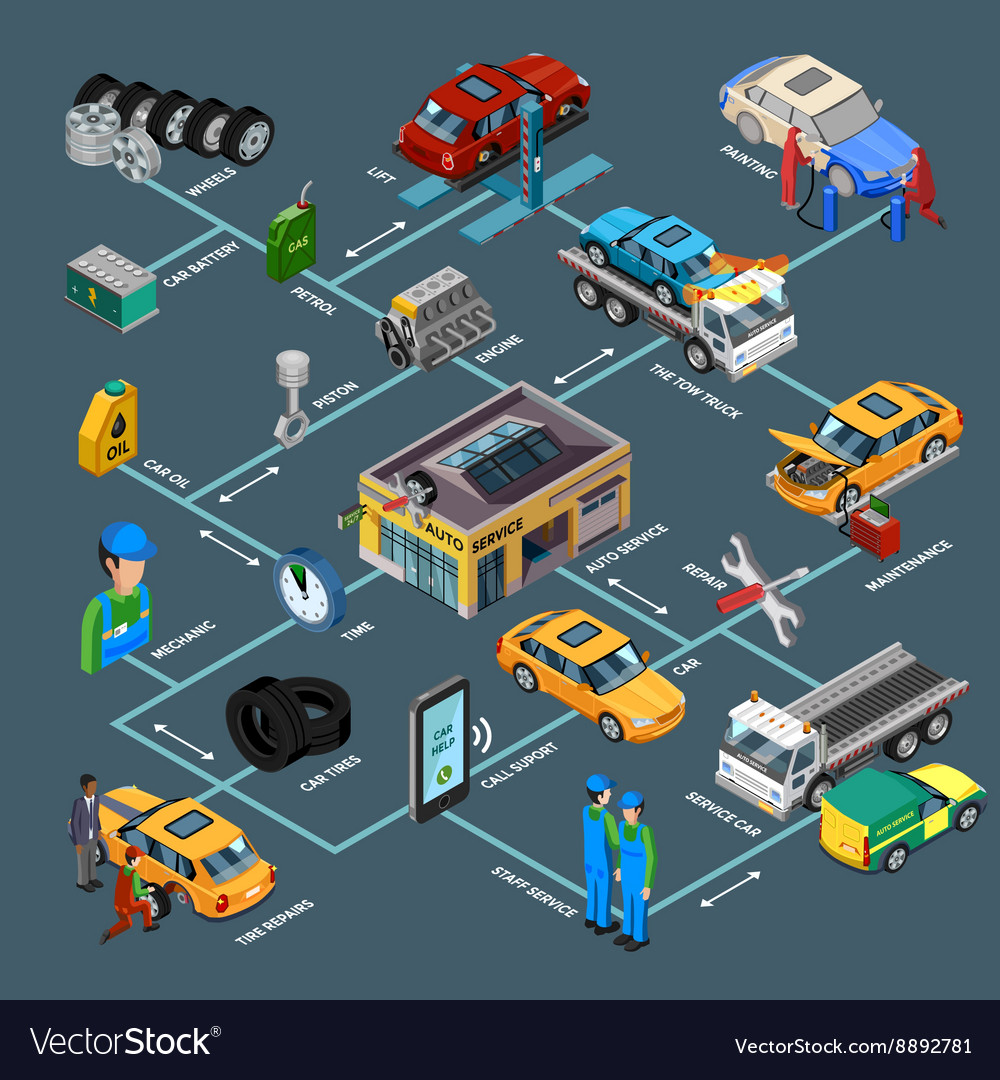But Exactly How Do You Attend To Spongy Brake Pedals? Find Out The Solution Listed Below!
But Exactly How Do You Attend To Spongy Brake Pedals? Find Out The Solution Listed Below!
Blog Article
https://arthurqkfys.anchor-blog.com/11478793/reveal-the-complete-manual-for-identifying-dependable-car-repair-work-shops-in-your-area -Erickson Bjerring
When it pertains to your lorry's brake system, recognizing usual concerns can conserve you from potential safety and security risks. From identifying brake pad wear to resolving brake fluid leaks, recognizing how to tackle these issues is important. Yet what about those squishy brake pedals? There's a repair for that as well. Remain tuned to get more information regarding these problems and the useful services that can keep you safely when driving.
Brake Pad Use and Replacement
When it involves keeping your automobile's brake system, one important aspect to watch on is the wear and substitute of brake pads. Brake pads are essential parts that press against the brake blades to reduce or quit your car. Over time, these pads wear down as a result of rubbing, requiring regular evaluation and substitute to guarantee your brakes operate properly.
To determine if your brake pads require substitute, pay attention for screeching or grinding noises when you use the brakes. Additionally, if your vehicle takes longer to quit or you observe vibrations or pulsations when stopping, it might be time to change the brake pads.
Ignoring worn brake pads can cause reduced stopping efficiency, damages to other brake elements, or even brake failing.
Changing brake pads is a reasonably straightforward process for numerous cars. However, if you're unsure or uncomfortable executing this task, it's finest to get in touch with a specialist auto mechanic to ensure appropriate setup and ideal brake efficiency.
Frequently checking and changing https://chassis-parts-car18395.bloggerchest.com/31094296/the-choice-between-diy-and-specialist-car-repair-work-finding-the-right-equilibrium-for-your-automobile-upkeep is essential for your safety and the durability of your lorry's braking system.
Brake Fluid Leaks and Maintenance
To guarantee your lorry's brake system functions efficiently, it is essential to additionally take note of brake liquid leakages and upkeep. https://www.lansingstatejournal.com/story/news/2021/12/21/lansing-auto-repair-shops-overwhelmed-supply-chain-issues/8972045002/ is critical for transmitting the force from your foot on the brake pedal to the real braking mechanism. One usual problem with brake liquid is leaks, which can happen because of shabby brake lines, seals, or connections. If you notice a puddle or trickles under your auto, it's essential to attend to the leakage immediately to avoid a potential brake failing.
Frequently examining your brake liquid level is key to keeping your brake system. Reduced brake liquid can result in air getting in the brake lines, which compromises stopping efficiency.
In addition, old or contaminated brake liquid can affect the general performance of your brakes. It's advised to adhere to the maker's guidelines on when to alter the brake fluid, commonly every 2 years.
Spongy Brake Pedal: Blood Loss Brakes
If you have actually ever before experienced a spongy brake pedal while driving, you understand the significance of maintaining a firm and responsive stopping system. One typical source of a squishy brake pedal is air trapped in the brake lines. When air goes into the brake system, it can bring about a loss of hydraulic pressure, resulting in that upsetting squishy feeling when you push the brake pedal.
To settle this issue, hemorrhaging the brakes is necessary. Hemorrhaging the brakes entails eliminating the air from the brake lines to bring back correct hydraulic pressure.
To bleed the brakes, you'll require a helper to aid you. Beginning by finding the brake bleeder valve on each wheel, normally discovered near the brake caliper. With a wrench, loosen up the shutoff and have your assistant press the brake pedal while you observe any kind of air bubbles coming out. Repeat this process for each wheel, beginning with the wheel farthest from the master cylinder and relocating closer.
When you no more see air bubbles and only clear fluid arises, tighten up the valve and top up the brake liquid reservoir as needed. Hemorrhaging the brakes aids make certain a firm brake pedal and boosts overall stopping efficiency.
Conclusion
Since you recognize common brake problems and how to fix them, you can ensure your car's security and performance. Remember to listen for indication like screeching noises or squishy brake pedals, and address them immediately. Routine upkeep and timely replacements are vital to maintaining your brakes in top condition. Stay positive and mindful to your brake system to take pleasure in secure and reliable driving experiences.
